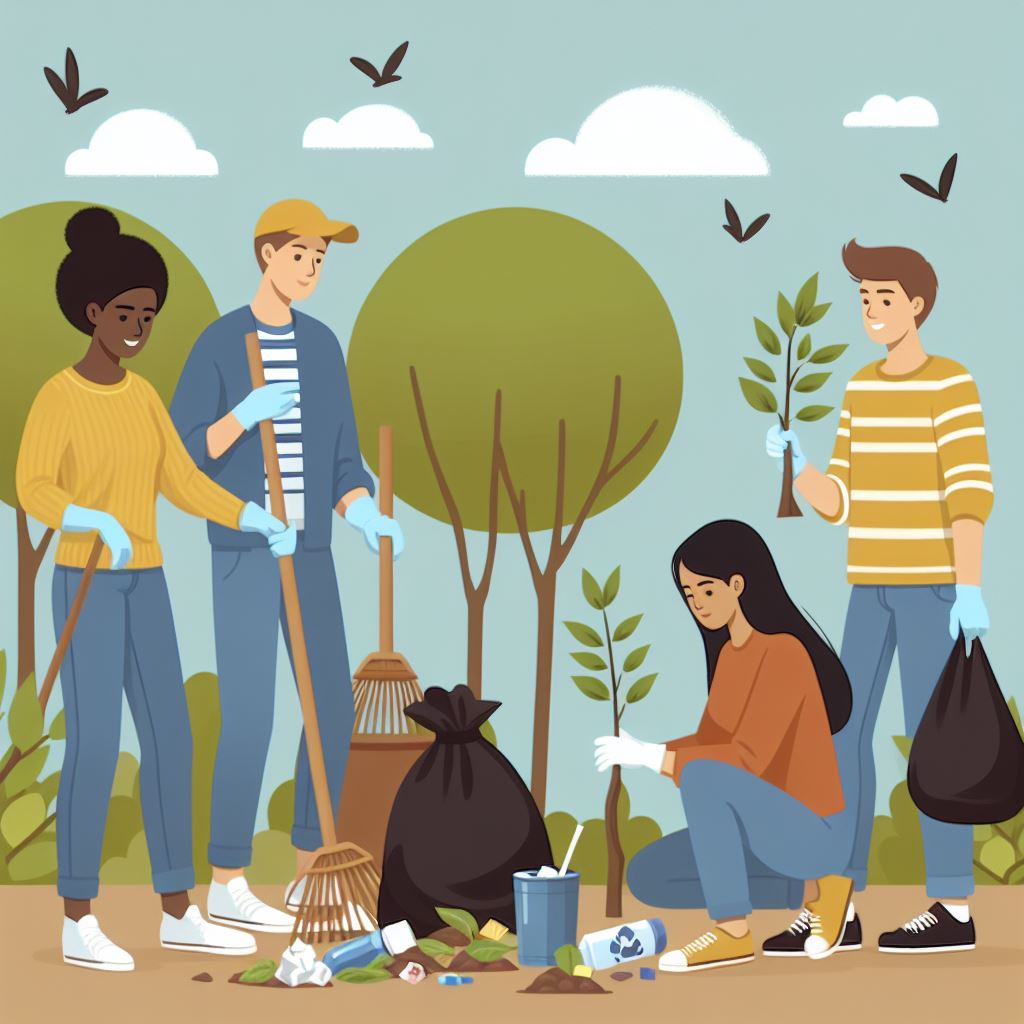25 Ways to Give Back – From Fur to Feathers

Looking for a way you can truly give back? Expand the circle of compassion to include all living things by helping those who cannot ask-from dogs and cats to whales, to the plight of frogs and bees-the animal kingdom needs our help. Here are 25 ideas for you and your family to show your support by giving voice to the animals with whom we share this world.
Practice any one of these ideas and you will make a difference in an animal’s life, and your own! Many organizations have a “wish list” of items of which they are in desperate need to replace, or keep on hand. Check out their websites or call your favorites to find other ways to help (for shelters and humane societies, or veterinary facilities, it’s best to call ahead and ask them what they need). Every little step helps, or you can go wild and commit to more than one of these actions…
- Teach your child not to step on ants and other bugs.
- Donate dog and cat food, toys, or blankets and towels to a local animal shelter (or a veterinary office).
- Educators, you can help support a local bird rescue center or zoo by purchasing owl pellets from these organizations directly.
- Volunteer your time at a nature center, zoological park, or local animal shelter to present their educational outreach programs to schools.
- Educate yourself regarding animal treatment and factory farming/agriculture, pet store suppliers, breeders, and the like to make thoughtful, informed lifestyle choices.
- Hang bird feeders up in your yard. Keep them filled as a reliable food source.
- Start a neighborhood pet club or “go wild” and start a reptile, insect, or arachnid club. Help others learn about the importance of these animals including their wild cousins in the natural environment. Exchange animal pictures and information.
- Adopt a desert tortoise, wild horse or burro, or retired racing greyhounds (if you have the means and are willing to make the life-long commitment!).
- Attend a presentation on local wildlife and learn more about their role in our natural environment.
- Share some of the information you learned in #9 with at least four other people.
- Support fur-free companies, cruelty free products, or other companies with “no animal testing” policies.
- Build your own, or place a bat box or bee post in your yard.
- Raise/donate money to your favorite organization that helps abandoned pets, displaced wild animals, or endangered species.
- Start an e-mail subscription service that sends subscribers a daily quote, link, or photo promoting respect, kindness, and/or animal rights for all creatures. Donate the proceeds to a responsible animal welfare organization.
- Become an animal ambassador and do everything you can to promote awareness and education that helps to protect your chosen animal.
- Create a backyard habitat by landscaping with native plants that help local animal species survive the destructive impacts of habitat fragmentation.
- Take a pet first aid and CPR class.
- Stay on marked hiking trails and/or OHV areas to avoid collapsing burrows and destroying habitat.
- Promote responsible animal rights messages.
- Volunteer to take a shelter dog on walks with you, or spend some time cuddling a shelter cat.
- Spay or neuter your pet to help reduce the tragedies of pet overpopulation.
- Lend your professional services to an animal charity pro bono.
- Collect unwanted furs (including fur trim and accessories) to give to wildlife rehabilitators who use them to comfort orphaned and injured wildlife. The Humane Society has teamed up with Buffalo Exchange to collect used fur items. Details can be found at humanesociety.org, click “coatsforcubs” and buffaloexchange.com
- Hug your pet, play with them; make sure they’re happy and all of their needs are met.
- We’ve left this one blank for your own idea! Think of at least one way to add to this list that will help one of earth’s creatures.
How will you make a difference today?
Adopt Tortoises: tortoise.org
Adopt Greyhounds: adopt-a-greyhound.org
Cruelty free products and companies: search.caringconsumer.com & idausa.org
The Author:
Michelle Hedgecock
Photo. PT








